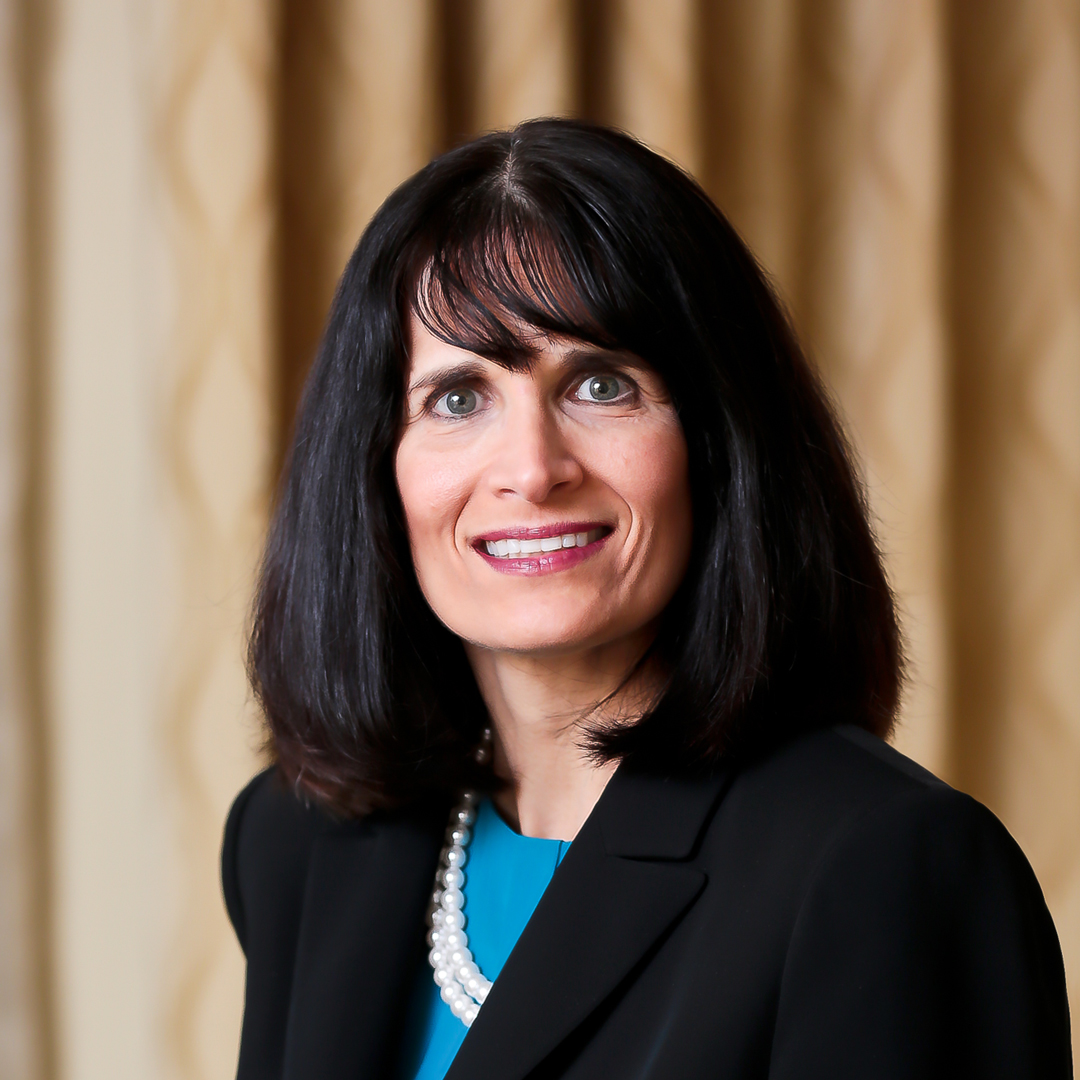When Carlos Cubia was tapped to lead diversity and inclusion at Covidien in 2012, the company was in the midst of refocusing its efforts in the area. With 38,000 employees in more than 70 countries, Covidien, a medical supplies and device manufacturer, understands the importance of reflecting the diverse markets and customers it serves, and that the increasing diversity of its workforce enables the company to be more innovative.
“Innovation is one of the keys to our continued success as an organization,” Cubia says. “Creating an environment where everyone feels included and that their ideas are valued greatly contributes to the level of innovation at a company.”
For Cubia, inclusion is an imperative in the workplace and beyond, from the simplest behavior—treating everyone with dignity and respect—to the complex, such as using diversity as a powerful lever. “I am a firm believer that everyone has something of value to offer,” he says. “If we just take the time to listen and learn and not prejudge or dismiss people, we will quickly realize the value of our differences and how that can fuel innovation and drive our success.”
Cubia encourages the approach at all levels by making the business case for diversity and inclusion. “The more diverse your workforce, the more in tune you are with what’s going on beyond your four walls,” he says. Cubia has aligned Covidien’s diversity and inclusion activities to an approach of attracting, engaging, and developing talent.
Attracting the right talent is integral to creating innovative products and providing superior performance. Over the last year, the company has implemented tiered strategies to attract diverse talent to Covidien. “First, we launched a campaign to educate our global leaders on what diversity recruiting means,” explains Jen Hoffman, director of diversity and inclusion for Covidien. “We created conversation starters on where good talent comes from and created training tools to reduce unconscious bias and hiring biases in recruiting talent.” The company also strengthened its employment brand to areas where it didn’t have visibility, launching an aggressive social-media campaign this year, which included LinkedIn and Twitter to reach a globally diverse population, and adding new content to its careers website.
The second approach, engagement, allows employees to thrive, to feel that they are a part of the organization, and to take ownership in Covidien’s success. Over the last three years, the company has seen the development of a number of employee affinity groups and a global inclusion council, all with the goal of giving employees a platform to voice their thoughts and a forum in which to use them constructively. While the message of inclusion is universal, Cubia stresses that flexibility is key to a successful strategy. “We do not try to be prescriptive in the approach,” he says. “Diversity is local, so the approach and tactics that each region or business unit adopts has to fit their local needs.”
If engagement allows employees voices to transcend the traditional boundaries of the corporate hierarchy, the third facet of Covidien’s inclusion approach, development, allows them to grow their skills. “Our corporate leadership programs focus on different levels in the organization where diversity, inclusion, and culture concepts are integrated into the curriculum,” explains Kris Normandin, director of diversity and inclusion. “In our manager-level curriculum, the emphasis is on fostering inclusion and innovation with teams. Our executive-level curriculum focuses on building an inclusive environment that creates learning opportunities and risk taking.”
Normandin also notes that Covidien has developed a women’s leadership program to build a strong pipeline of women leaders at the company. Content is focused on self-awareness, negotiation and networking skills, and an understanding of gender dynamics to provide talented women directors with the ability to navigate the organization for leadership success.
Covidien is also building inclusive sponsorship capabilities in its executive leaders. The senior leaders in the organization are required to build sponsor relationships with key talent who are different from themselves—be it gender, age, race, nationality, functional expertise, etc. These relationships are designed to provide exposure and visibility of high-potential employees to other leaders and opportunities.
The initial results of these efforts were well illustrated in Covidien’s first World Day for Cultural Diversity, held last year. Beyond the delicious food served in the company’s cafeterias and interesting facts posted in the heritage display booths, the demonstration of the effectiveness of the event and the approach as a whole can be seen in the voices and actions across the company. It can be difficult to measure the inclusiveness of an environment but, as the dialogue on this topic ramps up and additional employee networks are created, Cubia feels it’s a sure sign the company is making progress. “Diversity isn’t a program; it’s not a bolt-on or add-on,” he says. “It’s embedded in each decision and strategy. And we’ll continue working to create an environment where inclusion drives innovation.”

